Subaru is synonymous with bringing effective – and popular – all-wheel drive wagons to market. And its Forester has done pretty well in the past as a comfortable and capable dirt-road tourer, more than appropriately equipped to tackle low-intensity off-roading.
But has the company now tipped too far in the direction of style over substance? Has the Forester lost its way as a bona fide campsite conveyance?
Read on.
Subaru Forester 2019: 2.5I-S (awd)
| Engine Type | Inline 4, 2.5L |
|---|---|
| Fuel Type | Unleaded Petrol |
| Fuel Efficiency | 7.4L/100km (combined) |
| Seating | 5 |
| Price From | $26,070 - $32,120 |
| Safety Rating |
|
Does it represent good value for the price? What features does it come with?
The manufacturer's listed price for the five-seater Forester 2.5i-S AWD is $41,940. The 2.5i-S has a (mostly) new 2.5-litre boxer petrol engine and a CVT automatic transmission.
It has leather seat trim, 8.0-inch touchscreen, Apple CarPlay and Android Auto connectivity, plus DAB digital radio, Harman Kardon stereo, paddle shifters, sports pedals, an electric sunroof, roof rails, electronic parking brake, 18-inch alloy wheels, and more.

Safety gear includes AEB and active cruise control (both part of the EyeSight active safety system), as well as driver monitoring (with drowsiness warning), lane-departure warning, rear cross traffic alert, rear-view reverse camera, and more.
Is there anything interesting about its design?
The Forester has the same ol' dependable look as before (as it’s always had); it's not an eye-catching vehicle but it is certainly pleasant and inoffensive enough.

What are the key stats for the engine and transmission?
This Forester has a 2.5-litre four-cylinder petrol engine – producing 136kW at 5800rpm and 239Nm at 4400rpm – with a seven-speed CVT auto and Subaru's symmetrical all-wheel-drive system with two-mode X-Mode, which I had the opportunity to test out on chopped-up sections of gravel road – but more on that later.

How practical is the space inside?
It’s a well designed interior with a neat fit and finish.
This is the top-shelf Forester so there’s leather everywhere, but there are more durable surfaces and material elsewhere and so it feels like an interior a family can easily do long road trips in.

There are plenty of storage spots, cup holders (up front, and in the centre arm-rest for second-row passengers), and door pockets to satisfy the driver and passengers.
There’s also plenty of real-time info depicted on the main 8.0-inch touchscreen (radio or nav etc) and the smaller screen mounted above it, which shows time, temp and aircon, as well as which vehicle-safety systems (i.e. EyeSight, lane-departure warning etc) are active.

For those with devices, there are USB charge ports up front (one) and two for second-row passengers.
The dual-zone climate control includes rear vents.
What's it like as a daily driver?
Perfectly adequate in all respects. It’s a solidly effective, if uninspiring, drive.
Driver visibility is fine.
Steering is accurate without being pinpoint-precision sharp.
Off the mark, in traffic and overtaking on the open road, the Forester does okay but it doesn’t establish any sort of new gold-star standards.
The Boxer engine and CVT work well together, but manual is still the preferred mode for Forester driving. Paddle shifters on the steering wheel are handy if you want to get lively with your driving.
.JPG)
Ride is nice and smooth, but its quite-tight suspension borders on too firm, although it feels more at home on bumpy gravel tracks. Road-suited Bridgestone Duelers help its bitumen cause.
Its EyeSight Driver Assist technology is a bit annoying – it started bleeping at me soon after I first started driving the Forester – but I can see the value of it, especially if you're a driver with wandering eyes, which apparently I am.
The Forester’s auto stop-start is slow to re-start from standstill, so I switched it off most of the time.
The interior is comfortable – with power-adjustable seats up front – and, as mentioned, it’s a really family-friendly space.
There’s ample legroom all-round, and the roofline is not tapered downwards towards the back end as sharply as it is in some Forester rivals, so there's plenty of headroom in the second row.
Disc brakes at every corner pull the Forester up sharply enough.
What's it like for touring?
The Forester’s AWD system – a 60/40 torque-slit – comes into its own on bumpy dirt tracks and choppy corrugated gravel roads, but even moreso when this Subie is driven at lower speeds and when the surface of the road or track becomes a little bit looser. Let’s put it this way: the Forester is perfectly fine for low-speed, low-traction scenarios as long as it’s driven safely and sensibly.
The suspension seems better tuned to gravel tracks, than bitumen, and yields a controlled ride over light to medium corrugations.
The much-touted X-Mode system has two modes – Snow/Dirt and Deep Snow/Mud – which each yield improved grip and traction in low-speed and slippery conditions, by way of adjusting throttle control (deadening its sensitivity so the driver has improved input) and traction control (cutting in faster to avoid wheelspin) and gear selection to suit the terrain you’re on.
There is 220mm of ground clearance, on par with some supposedly more serious off-roaders, and, driven with consideration, the Forester can tackle most low-intensity off-roading without strife.
With regards to suitability for packing for camping and touring, there is 498 litres of space with the second-row seat in use, and 1768 litres of space with those seats folded down flat and right out of the way. The rear cargo area has tie-down points/cargo hooks.

It has max towing capacities of 750kg (unbraked) and 1500kg (braked) with a maximum lowball download of 150kg.
It has a full-sized spare.

How much fuel does it consume?
This Forester has a claimed fuel consumption of 7.4L/100km (combined). We recorded 8.39L/100km during our time with it and that included 40km of gravel-road driving.
Warranty & Safety Rating
What safety equipment is fitted? What safety rating?
It has a five-star ANCAP rating.
What does it cost to own? What warranty is offered?
The Forester has a five-year/unlimited km warranty and a five-year/ 62,500km capped price servicing program. Service intervals are recommended at 12 months/12,500km. After a free ‘health check and chat’ at the one-month mark, servicing costs are: $346.39 (12 months or 12,500km), $584.45 (24 months or 25,000km), $346.39 (36 months or 37,500km), $760.11 (48 months or 50,000km), and $351 (60 months or 62,500km).
Verdict
The Forester is nice to drive, rather easy to live with and it’s not hard on the eyes. Subarus are reliably sound, which is why you see a lot of them around, on city streets, in suburbia and on plenty of gravel tracks on the way to campsites. Bonus: there are plenty of outdoors-friendly accessories available, such as kayak or bike carriers, cargo barriers and luggage pods.
While not the most exciting SUV around, the comfortable and capable Forester is supremely well-built for purpose, if your purpose is to tackle light-duty off-roading, mostly on well-maintained gravel and dirt roads.
Pricing Guides



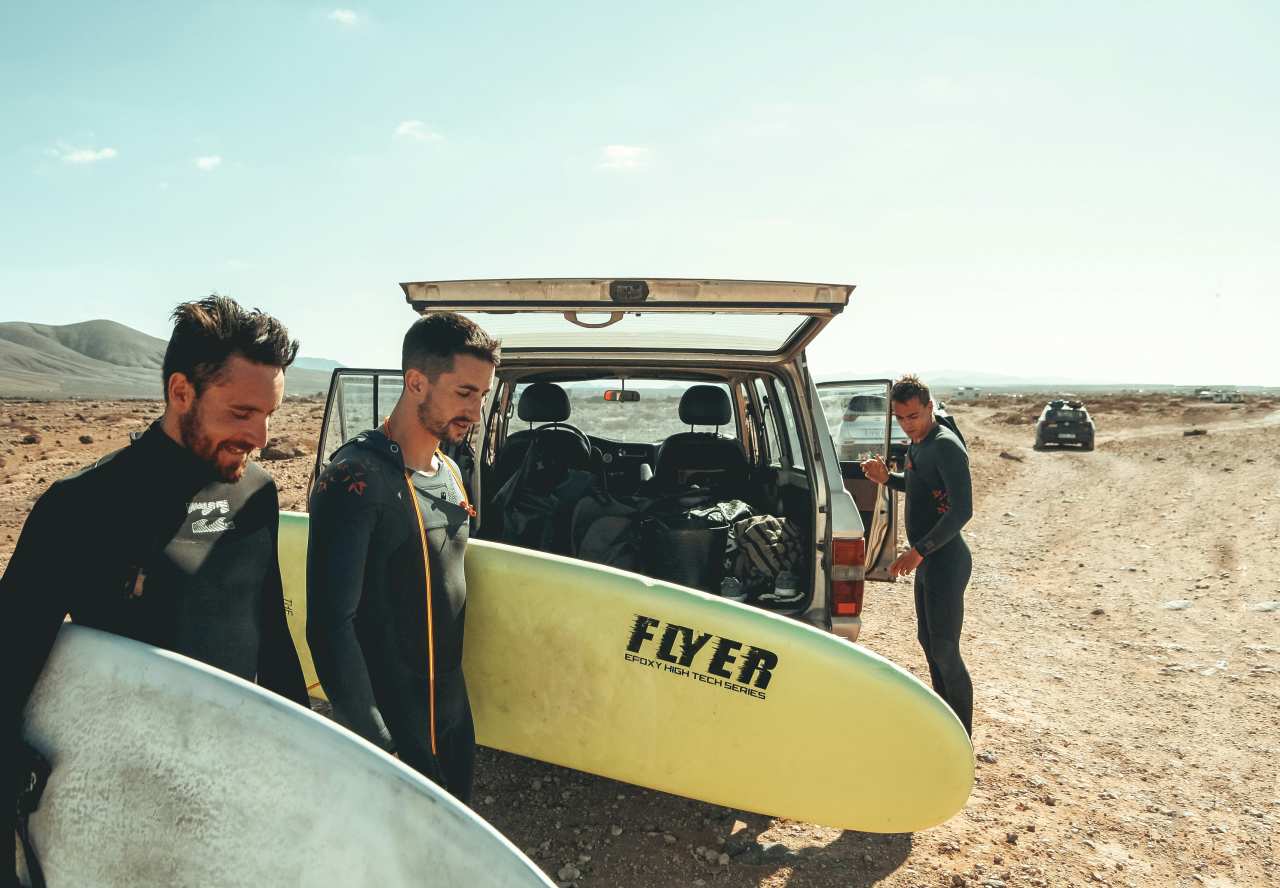


.jpg)
.jpg)


















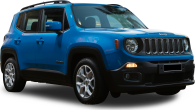









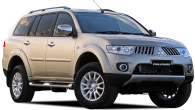




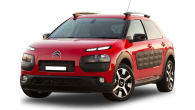




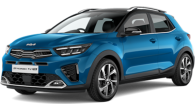


.jpg)
.jpg)




.jpg)
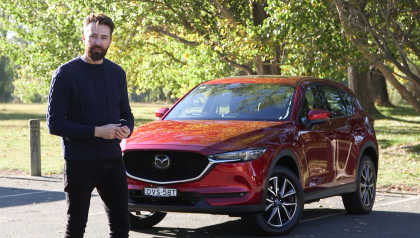



.jpg)
Comments